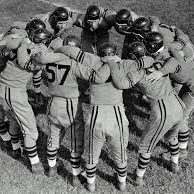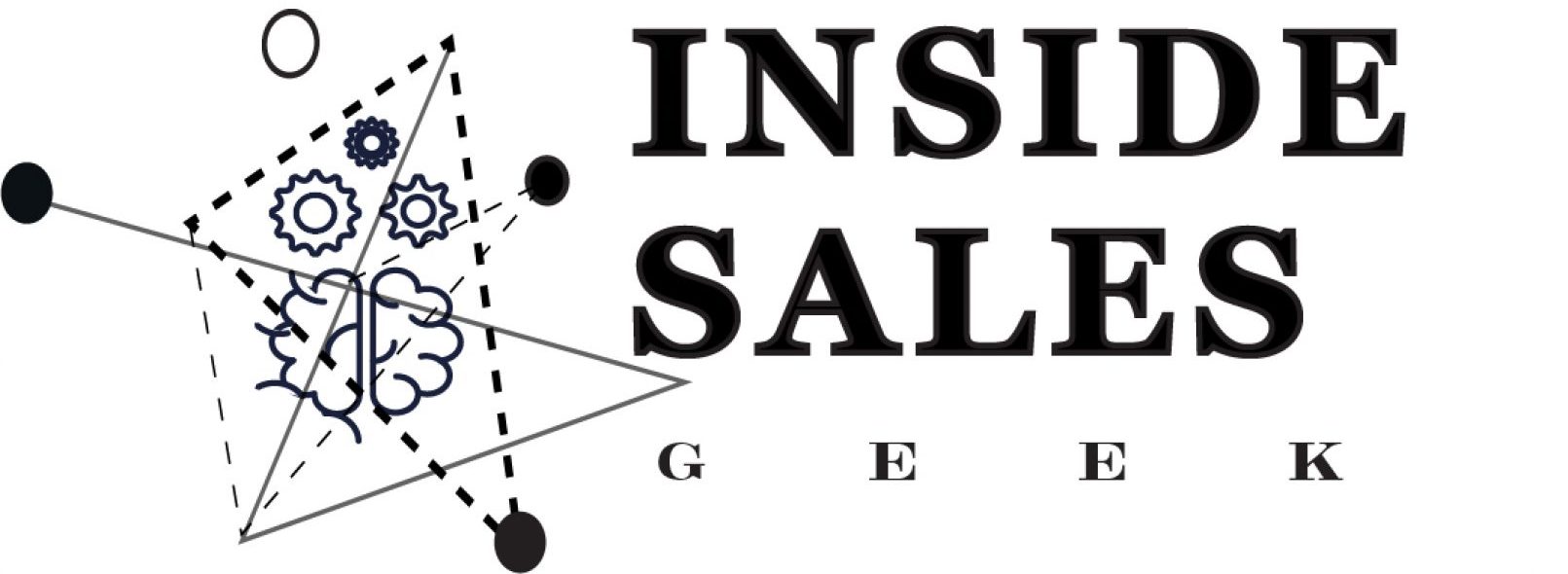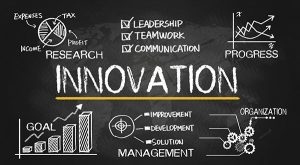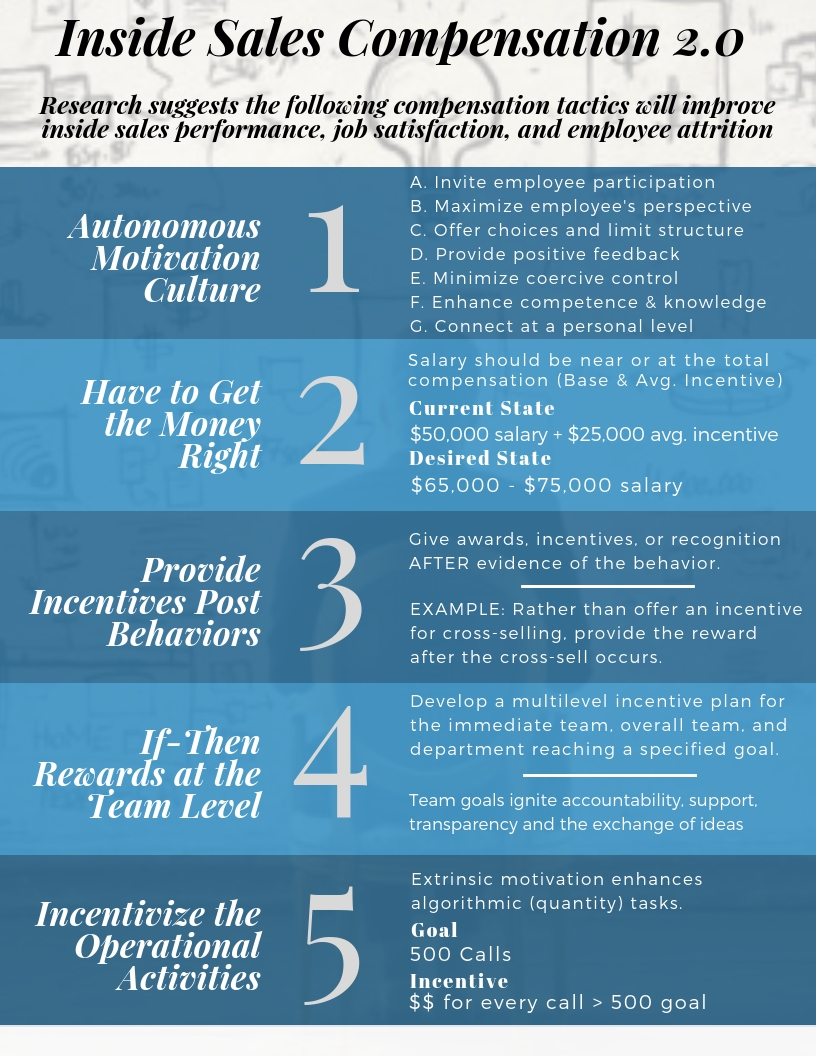
Meetings are a necessity in business today, whether to touch base, set strategy, or verify execution. This approach is specifically real in sales, where sales managers consistently meet with their direct reports to gain a sense of prospecting, funnel metrics, and sales results. In an inside sales context, where managers monitor every call and interaction, they are better armed with information as they interact with sales agents during the team and individual meetings. Unfortunately, many of these meetings are long, tedious, and tiresome. However, by focusing on five key topics and creating time management discipline, sales meetings can evolve to impactful, powerful, and productive fifteen minute sales huddles.
Step one is to conduct daily sales huddles. A daily follow-up will provide supportive accountability to each sales agent. Moreover, it allows the manager to integrate all the team members as resources for each other. Also, a constant meeting time instills discipline, sets follow-up criteria, and establishes the stage for the manager’s expectations. At first, a daily huddle may seem daunting, but after a little practice and some time management discipline, a culture of support, accountability, and fun will infiltrate the team.
The structure of the meeting is critical. Hence, step two centers around setting the proper sales huddle structure. During many sales meetings, agents spend excessive time complaining about sales leads and reduced opportunities, while sales managers spew numbers and metrics without securing feedback from their direct reports. The key for a successful sales huddle is the outline of discussion topics, group interaction ground rules, and follow-up expectations. Furthermore, it is critical for the manager to get a sense of how the group is feeling. Many meetings move too quickly to discuss results and numbers, without pausing to understand the sales agent’s emotion and mood. When an employee is emotionally exhausted, the likelihood of work performance is limited (Reb et al. 2017).

Once the sales manager has established the proper sales huddle structure, the next step is the management of the participant’s flow. As stated earlier, sales meetings generally turn into complaint sessions, where a few tend to monopolize the conversation. For a successful sales huddle, the sales manager acts like a conductor, thoughtfully, and tactfully moving from person to person and from topic to topic. The key is to allow each person to share the needed perspective, but not to overwhelm the group with unnecessary information. At times, the focus of the meeting may be on one topic. Therefore, the sales manager will have to set the tone early and leverage the team to add to the conversation to resolve the issue at hand. A successful sales huddle depends on the participation of each team member. The end goal is for each member to provide their perspective, feedback to one another, and hold each other accountable for results.
Step four centers around the pace of the sales huddle. Unfortunately, running a successful sales huddle is more art than science. It is easy for a sales manager to dwell on a single point for one sales agent. The overarching goal of the sales huddle is to have each sales agent provide their takeaway item with precise measurement results. Therefore, the sales manager will need to move from topic to topic thoughtfully, provide guidance, and smartly have each team member be more precise in their communication style. Without a focus on the pace of the sales huddle, it can quickly lose focus and limit the opportunity for the manager and team to cover the necessary information.
The last step is simple but necessary. Fifteen minutes goes by incredibly quickly, especially when a team of 10-12 people are involved in the sales huddle. Using a stopwatch is an effective way to keep track of the time. A trick that has been employed by many teams is to set the stopwatch at minute 12. This approach allows the sales agents sufficient time to outline the next steps and discuss the measurement tools. After a few sales huddles, the team will adapt and be able to efficiently complete the sales huddle within the fifteen minute time frame.
These five steps provide the tactics and structure to create timely, productive, and engaging sales huddles. Within fifteen minutes, your team can better understand employee engagement, past results, successes/challenges, behavioral commitments, and individual measurement outcomes. By staying committed to a 15-minute sales huddle, it will also give sales agents more time to focus on their craft of selling. Teams who follow sales huddle structure, methodology, and approach have seen an increase in sales agent engagement, conversion rates, and change in selling behaviors. Next time, we will cover the actual topics to include in a sales huddle.
As part of Tr3ce Consulting, insidesalegeek.com is a boutique consultatory focused on helping inside sales leaders create a culture and processes that maximize employee engagement, performance, and outcomes through the complex use of data.



